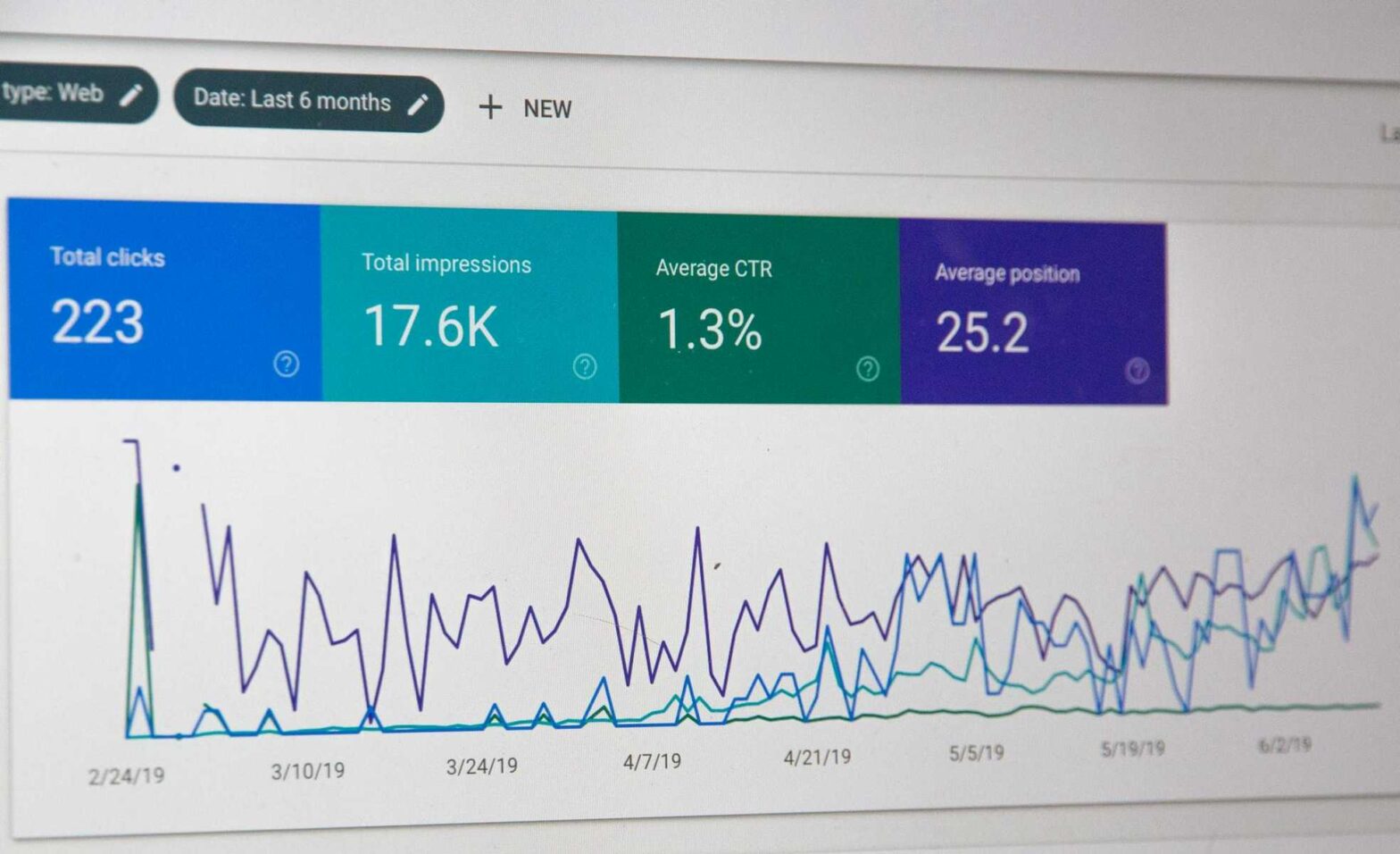What Are Topic Clusters and How Do They Enhance Your SEO Strategy?
In a recent study, it was found that 73% of companies spent nearly three-quarters of their total marketing budget on their content marketing strategy. Of that number, nearly 80% believe that the strategy they implemented was very successful.
With statistics like that, it would be naive to ignore what the current trends are in SEO. Although various SEO tactics like backlinking have a track record of success, topic clusters are a more recent addition.
The Google algorithm is constantly changing, and if you’re not getting the results you want from your current marketing strategy, it could be that you’re missing out on something that Google is now basing SERPs on, and in turn, not getting seen by potential customers.
If you’re looking to boost your SEO strategy or are not sure what topic clusters are and how they can help, then this article is for you. Read on to find out everything you need to know about cluster content and how it needs to be part of your strategy.
What Are Topic Clusters?
Topic clusters are a group of articles, posts, or online content that revolves around a single topic. Internal linking should be an essential part of your on-site SEO strategy.
At the center of your cluster is what’s called a pillar page or pillar content. This is the content that everything stems off and links back to. The goal is to try and answer every question possible from your reader and to keep them on your site for longer. To summarize, these are what should make up your cluster content strategy.
- Pillar content which is on a broader topic and may give a general overview of it
- More in-depth articles stemming from the main pillar page that answer a specific question
How Has SEO Evolved?
SEO is constantly evolving, and things that worked in the past are no longer relevant.
Back in the 1990s, it was enough to rank on Google by creating an article with a relevant keyword and linked words, which often lead to the now frowned-on practice of keyword stuffing to try to trick the algorithm. Although keywords are still vital, Google now encourages us to use them slightly differently.
SEO evolved to be impacted both on-page and off-page, and the relevance of linking came into play. External linking was seen as a thumbs up from other sites that your site is worth attention.
To trick the algorithm, people moved on to the tactic of buying links to give their sites a boost. Like with keyword stuffing, this is now a dated practice that’s disfavored and can harm your site.
More recently, Google has stated that internal linking is a big contender in getting your site seen, as well as the introductions of EAT.
What Is EAT?
EAT is an acronym for Expertise, Authoritativeness, and Trustworthiness and was brought in as a ranking factor in August 2018. It’s based on the quality of a webpage, to improve user experience.
The purpose of this was to only let the best content appear at the top of search results, and give less attention to thin or spammy-looking sites. Part of EAT includes cluster content and becoming an authority on a topic by writing in-depth articles surrounding a single topic.
The Benefits of Topic Clusters
There are numerous benefits to using blog topic clusters to enhance your SEO strategy. Below, we’ve listed the four main reasons why you should start implementing it.
More Organized Content
Having pillar pages allows you to define what your site is about as well as to organize your content logically. The pillar pages are designed to be centric on your other articles.
Visitors to your page want to be able to find the answer to their questions quickly. Having content that’s logical to find improves the user’s experience.
Improved SEO
A solid cluster content strategy will help to improve your overall site SEO. This is because of Google now basing search results on EAT that we mentioned. Having lots of content on your site all linked to a single topic helps to consolidate your authority on a topic.
Increased Content Production Speed
Rather than constantly having to think of new topics from scratch to write about, having a cluster content strategy will speed up this process. A big chunk of the work will have been done with your research and writing of your pillar page. The sub-topics that stem from this page are quicker to create as you’ve already partially done the research.
More Comprehensive Content
It helps you to avoid gaps in your blog’s content. Part of the user experience is that they should not need to click away from your site to find more information; it should be available somewhere on your site.
How to Create a Topic Cluster
Using a content strategy based on the cluster model works for every industry, regardless of the niche. It can take a bit of upfront planning, but in the long run, you will be able to produce content quicker, as you will have already researched the topic thoroughly to create your pillar content.
Step 1: Choose Your Core Topic
This is the most important step, as it will be used to create your pillar page. Start to brainstorm ideas that you want to write about and that link to your business. Try to look for common themes and group things together.
Once you have several general topic ideas, break them down further and think of every possible angle.
For example, if your site focuses on the food niche, one of your pillar content ideas could be “quick and easy meals for busy people”. This is quite a broad topic, so break it down further into sub-topics. These could be ‘kid-friendly meals for busy parents’, ‘time-saving kitchen gadgets, or ‘how to batch cook homemade ready meals.”
As you can see, these sub-topics can all link back to the main pillar piece. These subtopics all form your cluster content.
Step 2: Do Keyword Research On Your Core Topic
When you have chosen your core topics, then the next step is to do keyword research to see if people are searching for these topics and how difficult the topic will be to rank.
Use a keyword research tool to analyze the potential keywords that you can use. Once you have found some relevant keywords or phrases to rank for, do further competitor research.
Step 3: Outline Your Topic Cluster Structure and Plan Articles
While you’re researching keywords, make a note of any additional linked topics that there may have low difficulty with decent traffic. This can also be added to your cluster content.
Plan your main pillar page based on your keyword research, remembering that this page should attempt to cover a broad range of topics. Then plan what your cluster articles are going to be, again using any relevant keywords you found.
Your outlines should include any relevant headings and subheadings, as well as a targeted word count. Include an outline of any keywords that need to be used, this should be a mix of primary, secondary, and related phrases.
Step 4: Produce Your Content
After you’ve planned the topic content structure and planned your articles, it’s time to start writing your content.
Remember that your content needs to be good quality, and engaging. It should also answer everything a reader might be looking for.
Avoid simply copying competitors’ work, as this will flag up as plagiarized content and get you penalized by Google. When you’re writing your content, here are some tips you should follow.
- Avoid keyword stuffing; be sure not to use the same keyword too many times, as it should read naturally
- Make use of related keywords that are all linked to your primary keywords
- Add any alt attributes to any images; if possible use a keyword in these to help contribute to your site’s SEO
- Check readability and make sure your content is readable and scannable by keeping sentences short, using headings and bullet points
Step 5: Publish Your Content and Add Internal Links
After publishing your content, make sure you’re internally linking it to any relevant articles to support your cluster content. You should be linking up and down between the pillar content and sub-articles, as well as in a linear way (linking between sub-articles).
This helps Google to crawl your site and establish your EAT on a topic.
Ready to up Your SEO Game?
If you need help planning an effective Topic Cluster strategy, then speak to the team at ClickSquad today. We’re a performance-based digital marketing company that covers everything from search engine optimization to social media, and online marketing intending to get your business seen.
Arrange your free strategy call with our knowledgeable team today to find out what we can do for you.













0 Comment